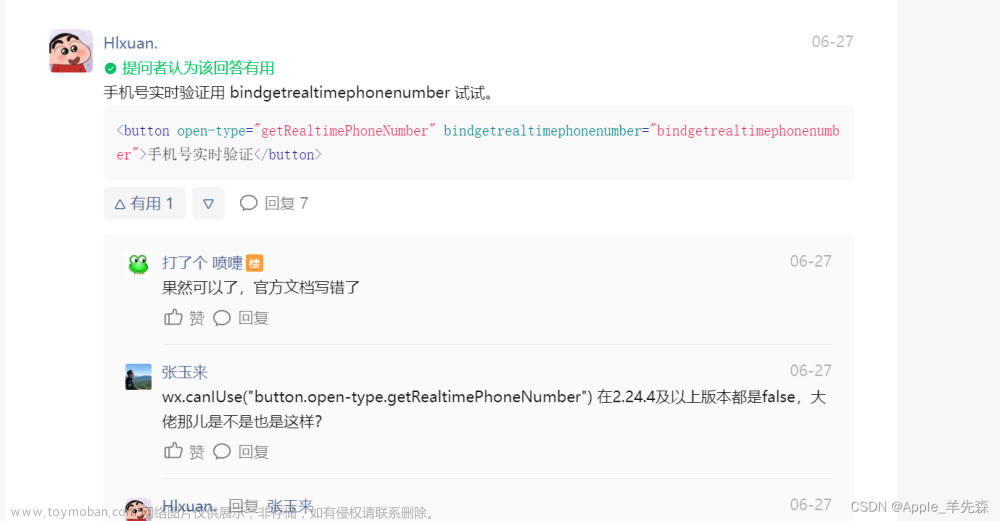- 通过父组件的
selectComponent方法获取子组件实例,然后调用其定义的方法。例如:
<!-- 父组件 -->
<view>
<child-component id="myChild" />
</view>
// 在父组件中调用
const childComponent = this.selectComponent('#myChild');
childComponent.myMethod();
2. 直接在子组件中使用this.triggerEvent()触发一个自定义事件,父组件监听该自定义事件并执行相应的操作。例如:文章来源:https://www.toymoban.com/news/detail-503947.html
<!-- 子组件 -->
<view>
<button bindtap="onButtonClick">点击按钮</button>
</view>
Component({
methods: {
onButtonClick() {
this.triggerEvent('customEvent', { data: '这是传递给父组件的数据' });
}
}
})
// 父组件中监听自定义事件
<child-component
bind:customEvent="onCustomEvent"
></child-component>
onCustomEvent(event) {
console.log(event.detail.data); // 输出:这是传递给父组件的数据
}
以上两种方式都可以实现调用组件方法的目的,选择哪一种取决于具体情况,常规情况下建议使用第一种方式。文章来源地址https://www.toymoban.com/news/detail-503947.html
到了这里,关于微信小程序调用子组件的方法的文章就介绍完了。如果您还想了解更多内容,请在右上角搜索TOY模板网以前的文章或继续浏览下面的相关文章,希望大家以后多多支持TOY模板网!






